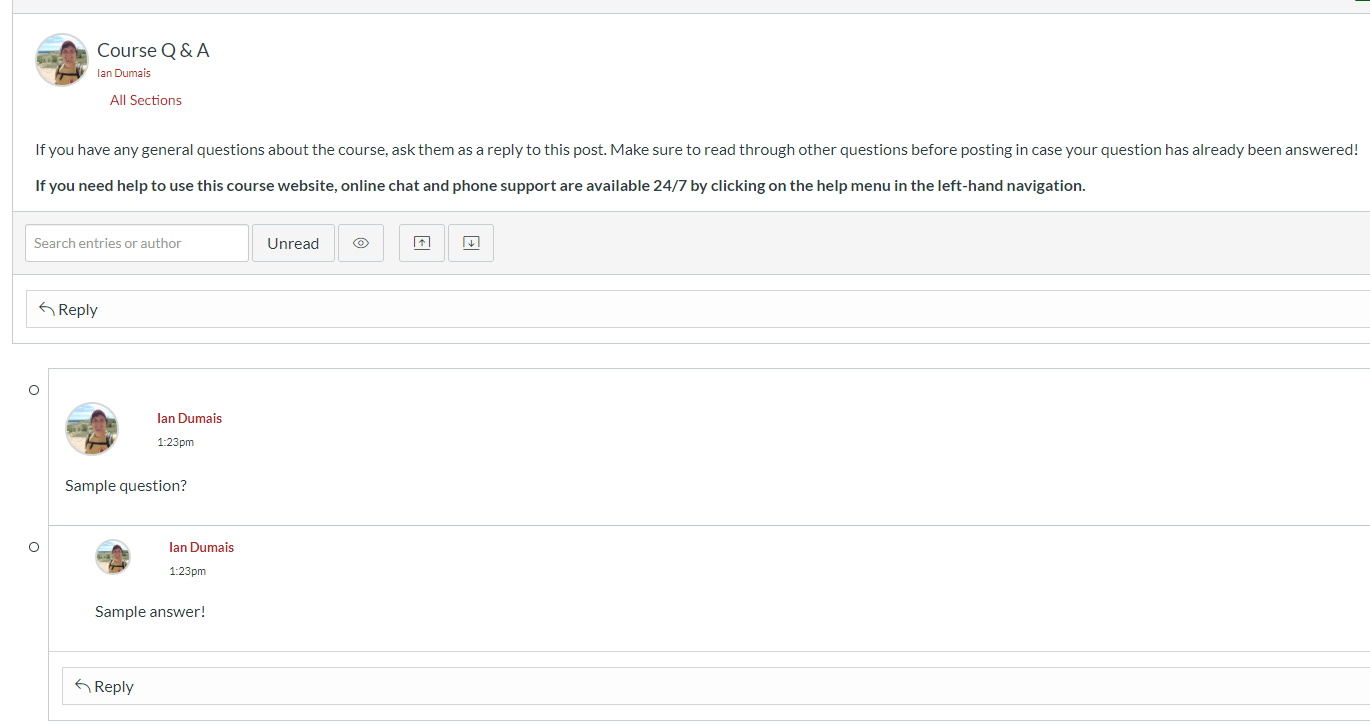In the first week of training for the Academic Technology Scholars program, we focused on course design. Once the training is over and I work with faculty, I will provide guidance on adapting a course from an in-person format to an online or hybrid format. There are low-level and high-level aspects to such a transition.
Low-level course design
There are many nuts-and-bolts aspects to putting a course online. One aspect that many faculty members might have used to some degree is posting assignments online. Canvas offers many flexible assignment features, including ways to grade online. I would recommend moving most or all assignment online, even for in-person classes. Teachers will not have to worry about stacks of paper or a bombardment of emails – all assignments will be stored and available to grade in Canvas. If instruction needs to put back online suddenly, having assignments already online will make the transition.
Another feature that should be an easy transition from Blackboard are the announcements. I like the customization of having announcements showing on the homepage, and you can even allow comments on announcements so that if students have questions, or if you need some sort of response, all communication can be done directly in the post. If you set things up well, the number of repeated questions should be small. A similar approach can be taken by having a general course questions discussion post.

High-level course design
Adapting a class that has traditionally been in-person to an online format should not be carbon copy of the original. One of the most important decisions a professor should make is whether to provide synchronous or asynchronous instruction. Synchronous instruction is the tempting choice – from the professor’s point of view, it is not much different from teaching in person. However, there are some drawbacks, such as making it more difficult for students to interact with the material or even to stay focused on the lecture. Asynchronous methods, such as uploading short lectures on each smaller topic discussed during a given week, interspersed with student activities, discussion, and formative assessment, allows students to work through the material at their own pace while remaining engaged.
As hinted to above, another course design recommendation is to organize instruction into week-long modules that students can work through. A consistent module structure will make it so students spend less time and mental load trying to figure out what to do and spend more time actually learning and engaging with the subject.
This reflection is just the tip of the iceberg of course design. There are many other considerations that I will work through with faculty.
